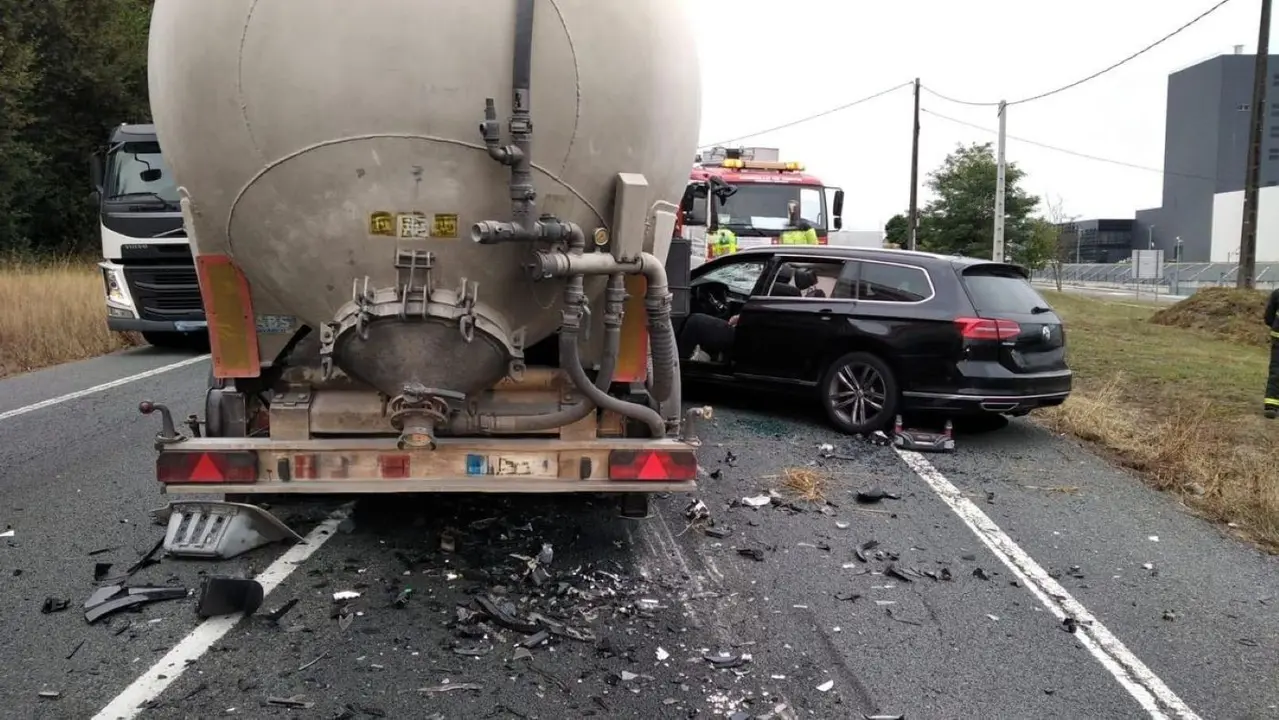Introduction to Vehicle Safety Enhancements
The ongoing developments aimed at improving safety standards for trucks and trailers are reaching new heights. With a focus on reducing risks associated with collisions involving smaller vehicles, these advancements are pivotal for enhancing safety on the roads.
Current Initiatives in Vehicle Safety Regulation
Efforts are underway to strengthen the legal requirements for lateral protection against collisions for trucks and trailers. The United Nations Working Group on General Vehicle Safety (GSRG) is spearheading the movement to decrease the minimum height for lateral protection from the current 550 mm to a more effective 450 mm. This change is designed to significantly bolster the safety of smaller vehicles in collisions with larger trucks.
Mandatory Safety Measures Under Review
Research is also focused on making lateral protection mandatory, particularly for the open areas on trailers and semi-trailers. This is essential as a significant percentage of accidents occur due to smaller vehicles colliding with larger trucks, leading to dangerous outcomes.
Industry Response to Proposed Changes
Despite considerable pushback from transport companies and manufacturers, the chances of implementing these changes on roads are quite high. Advocates argue that enhanced protection will contribute to a safer driving environment for all road users.
Legal Framework Governing Vehicle Protection
Currently, the legislation guiding lateral protection against “underrun” exists as part of Regulation 73 established by the Economic Commission for Europe (ECE). Any newly registered trucks and trailers must comply with these stringent requirements to ensure safety on European roads.
Global Influence of Japan’s Regulations
A fascinating element is the proposal to elevate the minimum height for lateral protection from the truck’s surface to the underbelly of the protection system, raising it to 450 mm. Remarkably, this stipulation has already found its footing in Japan, where similar regulatory frameworks have been effective for years. The country has advocated for the inclusion of these standards in Regulation 73 at the UN level as a part of international legislation harmonization.
Broader Implications for Road Safety
The proposal to implement “anti-underrun” lateral protection for the extended areas of trailers traces its roots back to initiatives in England. Should these measures come to fruition, they stand to positively impact road safety by drastically reducing accident-related injuries and fatalities.
Practical Challenges Ahead
However, resistance persists as several participating nations, including manufacturers and commercial vehicle associations, have expressed concerns. They argue that reducing height, particularly for lateral protection, could introduce practicality issues for various vehicle types and leave room for potential damage risks.
Operational Conflicts in Intermodal Transport
Some practical examples help illustrate these concerns. Challenges arise during unloading and loading processes on ferry routes, when trailers are placed on trains, or during operational activities at transport and logistics company docks. Current lateral protection designs already create friction with wheels and truck chassis components.
The Need for Evidence-Based Evaluation
Moreover, doubts linger about the necessity of requiring lateral security on extended surfaces, especially concerning trailers. The anticipated costs and weight of these new proposed changes raise questions about their actual effectiveness in enhancing road safety as asserted.
Specific Evaluations and Adjustments
The consultations have fostered adjustments to specifications for certain vehicle types. Notably, the bolstering of regulatory norms will not apply to rigid trucks with wheelbases exceeding 6500 mm or to off-road trucks. Nonetheless, the proposals for trailers and fifth-wheel semi-trailers will remain largely intact.
Future Implementation Data
As it stands, if no additional alterations to the proposals take place, the new minimum height requirements for lateral protection against such accidents are set to take effect on September 1, 2034, for all newly registered vehicles. In the same vein, enhanced lateral protection requirements for expandable trailers are expected to come into force beginning September 1, 2027, followed by mandatory compliance for all newly registered vehicles a year later.
Final Implications for the Transport and Logistics Sector
It’s clear that the upcoming regulations will influence the trucking industry significantly. However, their impact on existing vehicles already operating on European roads remains uncertain. Stakeholders must stay vigilant and proactive in adapting to regulatory changes that could redefine safety protocols within logistics.
Sonuç Notları
Ultimately, discussions surrounding vehicle safety enhancements reflect ongoing efforts to make roads safer for everyone. While valuable insights come from reviews and reliable feedback, nothing compares to personal experiences on the road. With options available on GetTransport.com, readers can explore global cargo transportation at competitive prices. This not only facilitates making informed decisions without inflated costs but also underscores how GetTransport.com stands at the forefront of simplifying logistics. Look no further for your cargo transportation solutions, as you can trust in the convenience, affordability, and variety available at GetTransport.com. Book your Ride with GetTransport.com.

 Enhancing Vehicle Safety with Improved Lateral Protection for Trucks">
Enhancing Vehicle Safety with Improved Lateral Protection for Trucks">